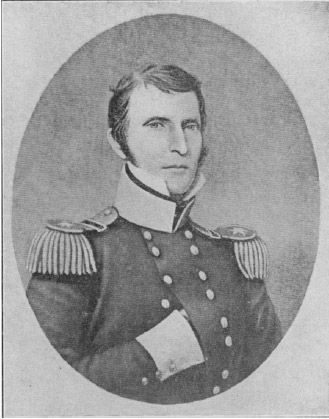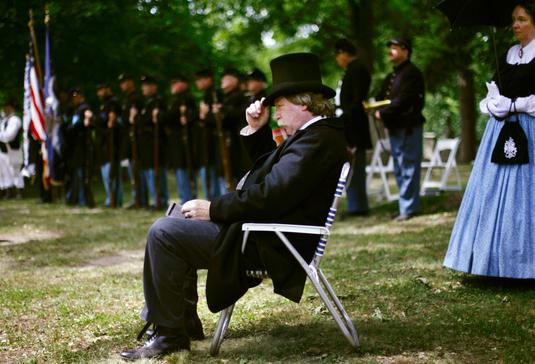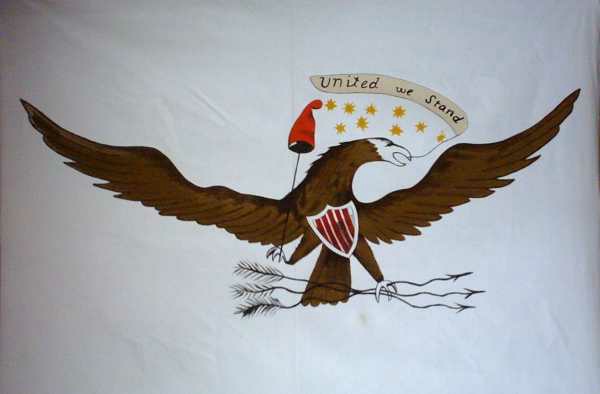
|
STATE REPORTS ILLINOIS TO KENTUCKY
ILLINOIS Dedication of Thomas Lincoln Memorial Plaque by members of the Saginaw Chapter, Illinois Daughters of 1812. Thomas Lincoln, the father of Abraham Lincoln, was buried in Shiloh Cemetery near Charleston, Illinois with his second wife, Sarah, Abraham Lincoln's step-mother.Thomas Lincoln served in the Kentucky militia during the War of 1812. For more information, Click on the included pdf. Saginaw Chpt Lincoln0001.pdf />
A new YouTube video lesson—"Fort Dearborn in Five Minutes"—honors
KANSAS Report of Vice-President Kim Kincaid reporting: Grave Marking - Paola Cemetery. Placing of VA Headstone
Henry Leavenworth (December 10, 1783 – July 21, 1834) was an American soldier active in the War of 1812 and early military expeditions against the Plains Indians.[1] He established Fort Leavenworth in Kansas, and also gave his name to Leavenworth, Kansas, Leavenworth County, Kansas, and the Leavenworth Penitentiary. Ninian Edwards marker dedication Jun 23, 2012 @ 04:47 PM
Governor Ninian Edwards was honored for his service as Commander-in-Chief of the Illinois Militia during a ceremony and marker dedication Saturday, June 23, 2012 at Oak Ridge Cemetery in Springfield, Il.
Jonathan Reyman attends a ceremony to dedicate the Ninian Edwards historical marker in Oak Ridge Cemetery Saturday, June 22, 2012. Edwards was the only governor of the Illinois Territory (1809-1818), the third governor of the State of Illinois and a U.S. Senator. KENTUCKY
During the War of 1812, Kentucky supplied numerous troops, supplies, and leaders to the war effort.
War of 1812 Kentucky Battle Flag Following the 1813 Battle of River Raisin near present day Monroe Michigan, a battle flag was captured from Kentucky soldiers by the British army. The tattered flag resided in England for some years after its capture. Before it eventually deteriorated with age, drawings were made permitting the missing sections of the flag to be digitally reproduced and an image of how the flag had once appeared was generated. The interpretive artwork included a shield breasted eagle, nine stars and a banner with the words “United we Stand”. The eagle clutches three arrows in one talon, and a pole with a red liberty cap in the other. Interestingly, the red cap is similar in style to the Phrygian cap, a symbol of French freedom, and may graphically represent Kentucky's early 19th century Jeffersonian-Republican political leanings and sentiments with France. It is surmised that this was the standard carried by Kentucky militia serving under United States Army General, James Winchester, during the War of 1812 and at the River Raisin battle when it fell into British hands. Many of these volunteer Kentuckians perished during and after what has become known as the River Raisin Massacre. Some of the Kentucky militia and American soldiers who were wounded, captured or surrendered following the battle were later killed and scalped by Indians allied with the British. This was the worst defeat, in terms of casualties and losses of American soldiers and militia, during the entire War of 1812. 8” x 12” Kentucky Battleflags for placing on 1812 Kentucky Veteran’s graves available for $19.95 each. Mail check or money order to:
|
|



